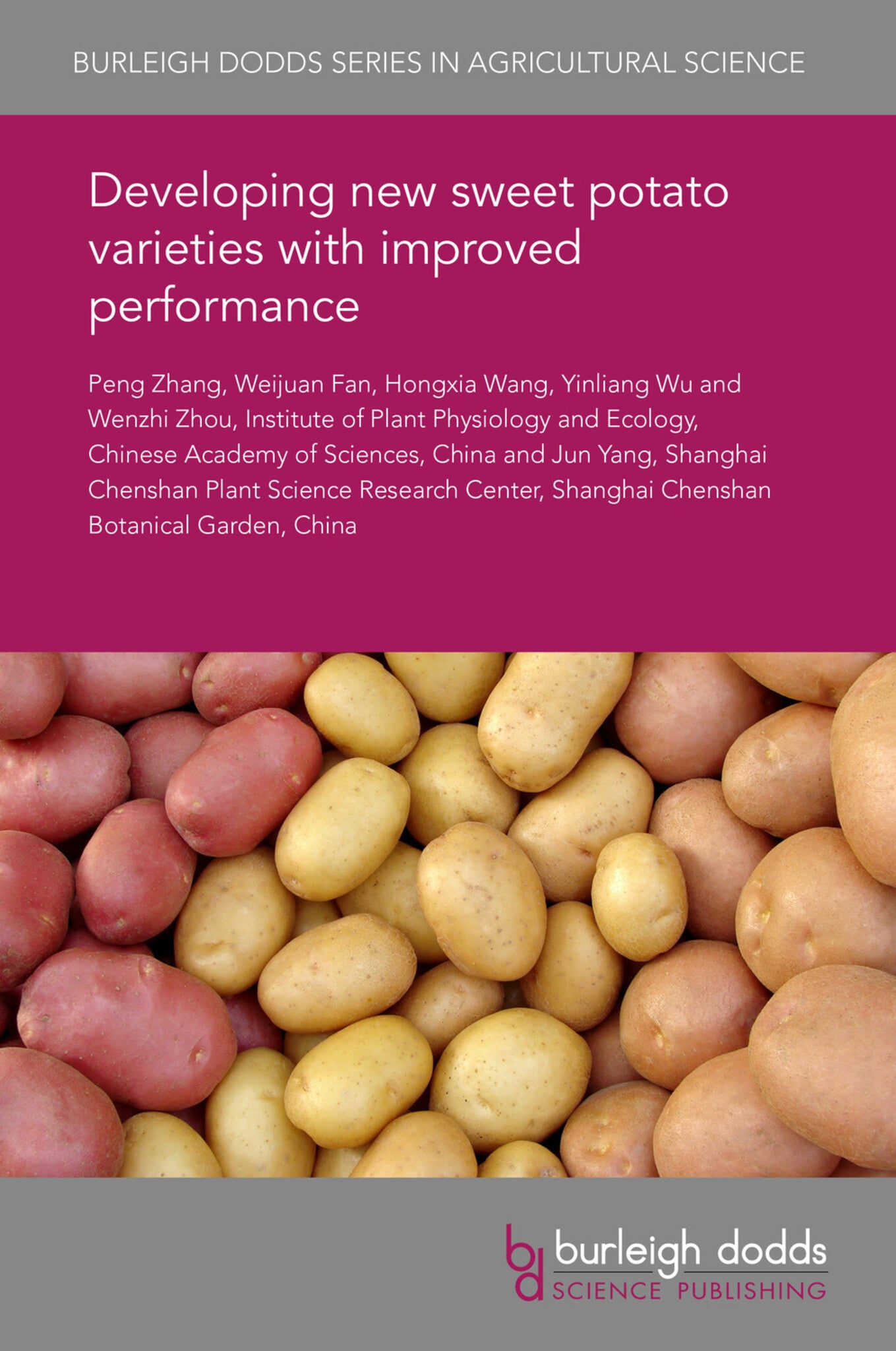We're sorry. An error has occurred
Please cancel or retry.
Developing new sweet potato varieties with improved performance

Some error occured while loading the Quick View. Please close the Quick View and try reloading the page.
Couldn't load pickup availability
- Format:
-
08 August 2018


TECHNOLOGY & ENGINEERING / Agriculture / Sustainable Agriculture, Botany and plant sciences, TECHNOLOGY & ENGINEERING / Agriculture / Agronomy / Crop Science, Sustainable agriculture, Agronomy and crop production

1 Introduction 2 Genetic transformation of sweet potato from model cultivars to farmer-preferred cultivars 3 Production of disease-resistant sweet potato 4 Production of sweet potato resistant to abiotic stresses 5 Starch modification for industrial applications 6 Increased understanding of storage root development for better yield 7 Production of purple sweet potato with increased anthocyanin content 8 Conclusion and perspectives 9 Where to look for further information 10 Acknowledgements 11 References



